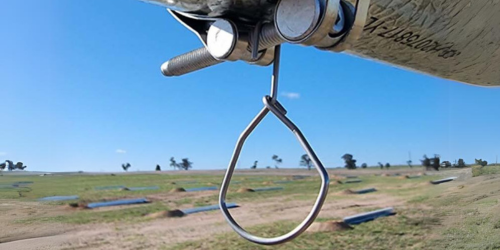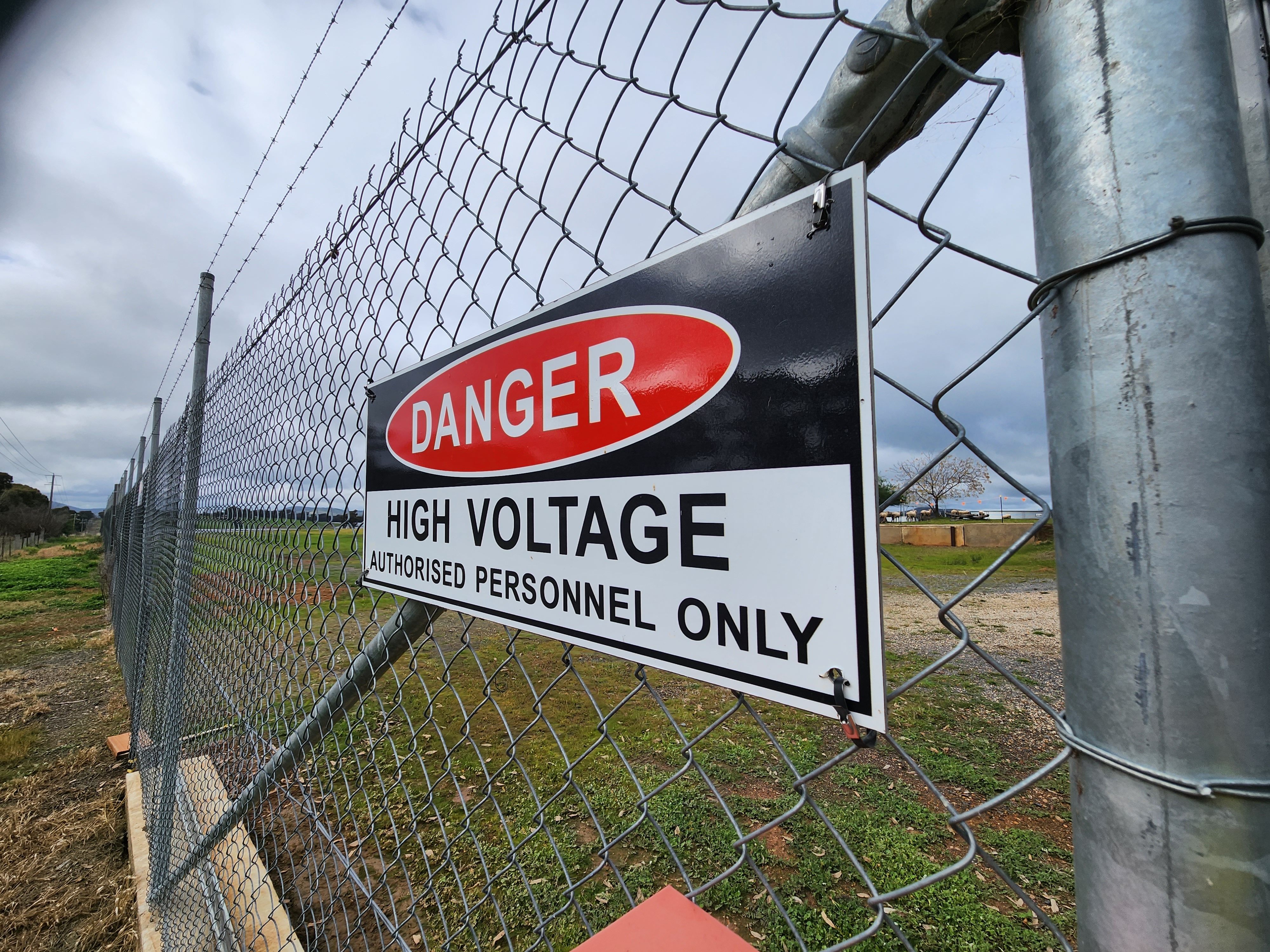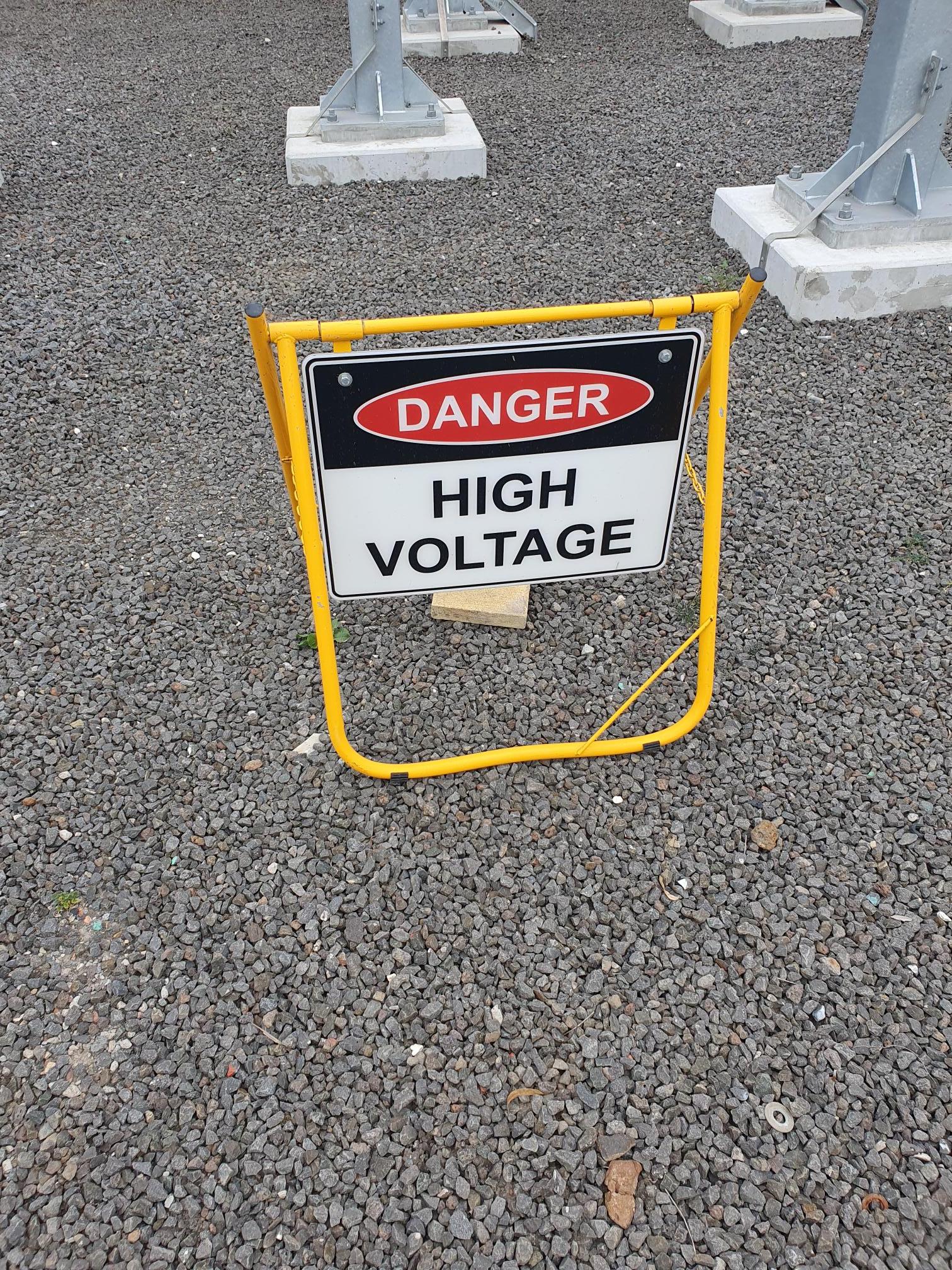NZS/AS 1319:1994: Standard for Workplace Safety Signs – Key Takeaways
In the realm of occupational safety, maintaining a clear line of communication is of paramount importance.
One key tool for such communication is the use of safety signs. In Australia and New Zealand, these signs are guided by the NZS/AS 1319:1994 Safety Signs for the Occupational Environment standard.
This comprehensive standard provides rules for design, layout, and placement of safety signs to foster a safe working atmosphere for employees, contractors, and visitors.
Simplifying the Safety Narrative: Readability and Understandability
The NZS/AS 1319:1994 standard advocates for simplicity and clarity in all safety signage. To be effective, signs should be easy to read and interpret.
This includes the use of legible text and appropriate, simple symbols.
By streamlining the message, the risk of misinterpretation is significantly reduced, which, in turn, increases the chances of the sign's warning or instruction being followed.
Enhancing Visibility: Placement and Colours
Placement and visibility play a crucial role in the efficacy of safety signs.
The standard asserts that signs should be positioned near the hazard they are warning about, ensuring that the safety message is both timely and relevant.
Additionally, it prescribes the use of contrasting colours for the background and lettering. This attention to colour scheme enhances visibility and readability from a reasonable distance, thus ensuring that the message is accessible.
Different Categories for Different Purposes
The standard also categorises safety signs into several types, such as mandatory signs, prohibition signs, warning signs, and emergency information signs. Each of these categories serves a unique purpose, providing clear instructions or enforcing specific safety rules or procedures, thereby facilitating comprehensive safety communication.
You can find out more about the different categories here.
Ensuring Durability and Timeliness
Signs must be made of long-lasting materials and maintained in good condition, free from damage, obscurity, or fading.
Regular reviews and updates of safety signs are emphasised in order to keep the safety information current and accurate. This is particularly relevant in dynamic workplaces where hazards or procedures frequently change.
Voluntary Compliance: A Mark of Commitment to Safety
While adherence to the NZS/AS 1319:1994 standard is not obligatory, many employers choose to voluntarily comply as a demonstration of their commitment to providing a safe and healthy work environment.
The standard serves as a robust benchmark for safety sign design and placement, significantly contributing to the welfare of workers.
The Role of NZS/AS 1319:1994: Safeguarding Occupational Environments
NZS/AS 1319:1994 is a crucial guideline that offers a roadmap to effective safety sign implementation in the workplace. Employers who adhere to these standards are actively ensuring that safety messages are conveyed effectively, and that the workplace remains safe for everyone.
About Identimark
Identimark supplies the power, gas and renewables industry with the world's most innovative, long-term and cost-effective solutions for signage, identification, labelling and on-site safety supplies. Our products are designed to meet the needs of large scale infrastructure projects in the energy sector.



.jpg?width=3840&height=1200&name=person-working-building-construction%201%20(4).jpg)


.png)


